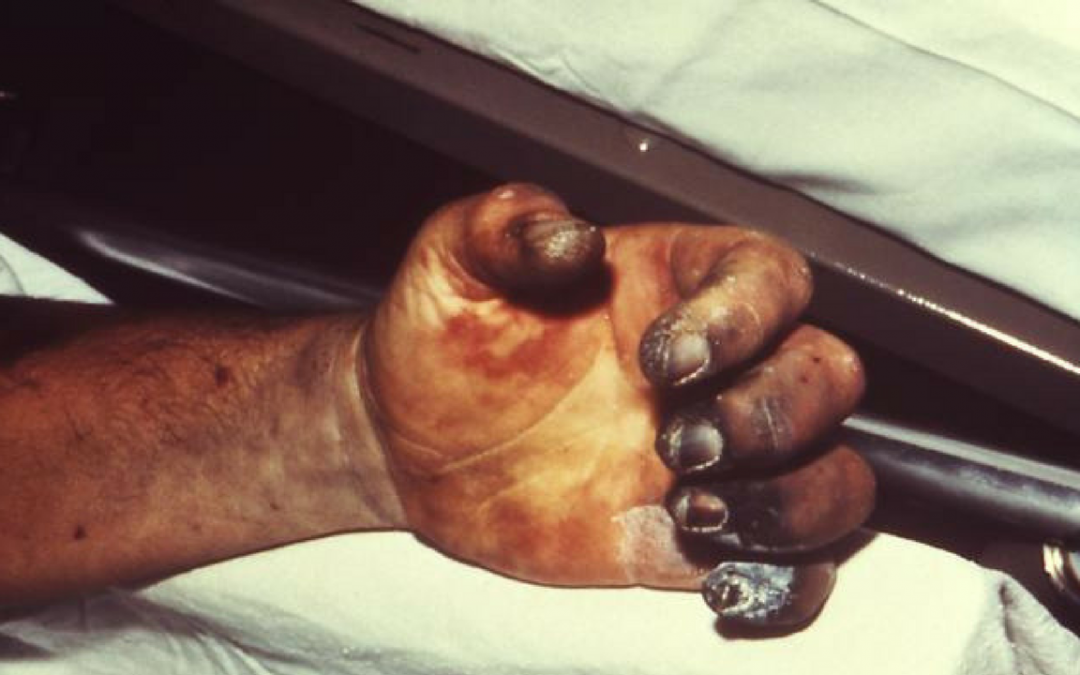The world is rapidly running out of antibiotics, this means that although we are looking at events from the past, we may also be looking at the future. Plagues and Epidemics in history often wiped out millions of people, with some even taking out 50% of the world population. Today that would mean 3.5 billion people dying. An antibiotic is a substance that kills bacteria or simply stops their growth. However, due to natural selection bacteria are slowly becoming resistant to antibiotics, which could lead to a disease ridden, dystopian future. This is a list of the 10 deadliest epidemics in history.
The Plague Of Justinian
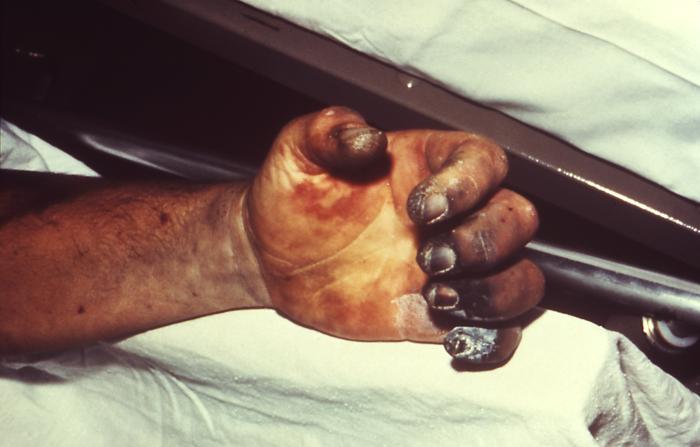
Rats spread one of the deadliest epidemics in history, which is estimated to have claimed between 25 million and 100 million lives. 5,000 people died a day during this plague in Constantinople alone, which lasted for about 50 years. The plague spread throughout out the Byzantine Empire, and devastated it completely. The plague was caused by Yersinia pestis, which was also the cause of the black death. The disease likely came from fleas coming from China. Justinian himself, who was emperor at the time caught the disease but was lucky enough to survive. The plague just wouldn’t die and kept attacking the human race again and again, but it never reached the same extent as the Justinian plague.
Tuberculosis
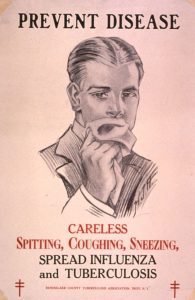
25% of adults in Europe died due to tuberculosis in the 19th century, and it’s been one of the biggest killers in history. It’s likely that this could become a leading cause of death in the UK, if new antibiotics aren’t developed. It’s hard to avoid because it’s a disease that spreads through the air, and attacks the lungs. Symptoms of TB include weight loss, which was known as consumption back then, night sweats, bloody coughing fits, and death. Someone with TB can spread the disease simply by sneezing, coughing, or speaking, something which is obviously impossible to avoid. If we run out of antibiotics we may all be walking around with gas masks on.
The Great Influenza Epidemic Of 1918
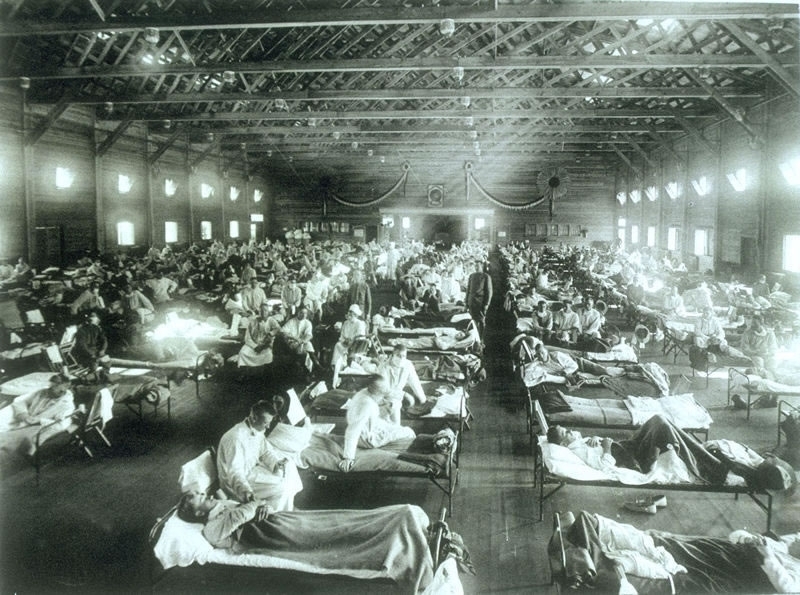
The 1918 flu epidemic infected around 500 million people, it was spread by soldiers returning home after the end of World War One. In resulted in between 50 to 100 million deaths in total, so possibly a fifth of those infected. This disease was unusually deadly to young adults, whereas most influenza outbreaks kill the weak and elderly, this overwhelmingly affected young adults. The flu caused excessive fluid build up in the lungs which eventually caused death. It became known as the Spanish flu because, as a neutral country, it was the only place that didn’t try to cover up the epidemic for propaganda reasons.
Third Plague Pandemic
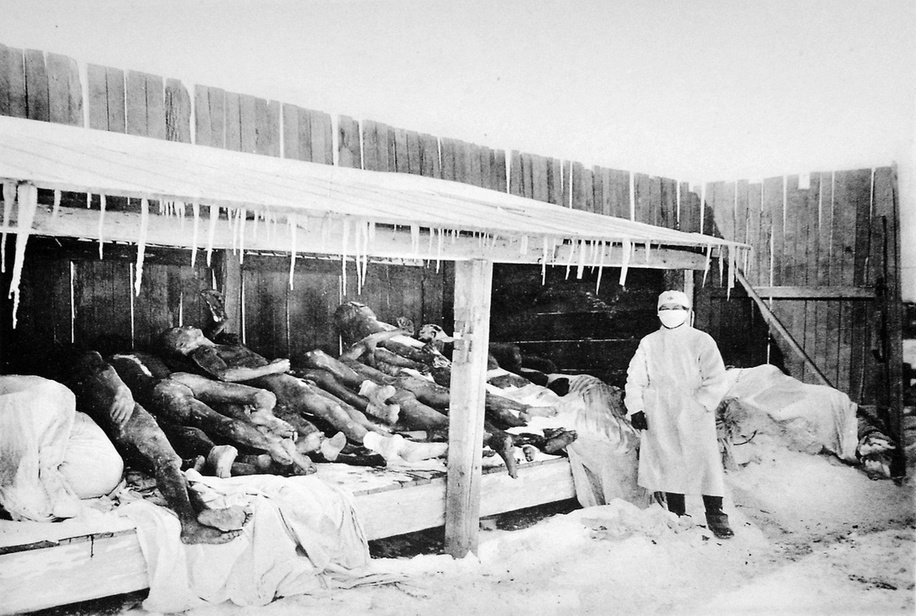
This was the third bout of the bubonic plague pandemic, which had already devastated the world twice by now. This time it started in Yunnan China, and spread to India. In India it killed 10 million people, and another 2 million people in China. This time was likely spread, still through trade, but due to human contact rather than through rats. The Panthay Rebellion, led to a lot of refugees, which led to increased contact with animals, causing them to catch the disease. They then spread it after being displaced by the rebellion. The pandemic started in 1894 and claimed 60,000 people in only a week.
Cholera
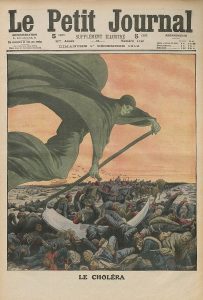
Cholera causes deadly dehydration, and diarrhoea, which can sometimes cause death in hours. You can catch it by taking food or water contaminated with infected faeces. Bacterium infects the small intestine, and causes incredibly watery diarrhoea, which leads to so much loss of liquid that the sufferer dies. Symptoms can start two hours to five days after becoming infected, it causes your eyes to sink, you skin to turn cold, and can even turn you blue. Right now Cholera causes 130,000 deaths a year. Children are most affected by the disease, and people in the third world, as their water is less clean, and medicine less abundant. To stop yourself from dying of Cholera you simply need to drink clean water.
Typhus

Typhus or camp sickness is a group of diseases famous for killing soldiers throughout history. The pandemic is spread through rats, and then mites, and then to humans. It was especially deadly during the 20th century, which was a century that had some of the worst epidemics in history. Typhus occurs when there is poor sanitation in an environment, and it’s overcrowded. No known vaccine can cure it, but it’s rare in sanitary conditions. The disease has been especially devastating to soldiers throughout years, killing 400,000 of Napoleon’s troops when he invaded Russia. In 1789 a quarter of all prisoners in the UK died of Typhus.
HIV/AIDS
HIV causes people’s immune system to suffer, which leaves them more vulnerable to a variety of diseases including tuberculosis and tumors. These are known as acquired immunodeficiency syndrome (AIDS). When someone first gets HIV they probably won’t even notice, as a lot of the time symptoms only appear when someone has developed AIDS. AIDS is spread by unprotected sex, hypodermic needles, and can sometimes spread from a mother to child during pregnancy. 1.2 million people died in 2015 alone due to this disease. The disease originated from Sub-Saharan Africa, where hunters were hunting chimpanzees and came in contact with their infected blood.
Malaria
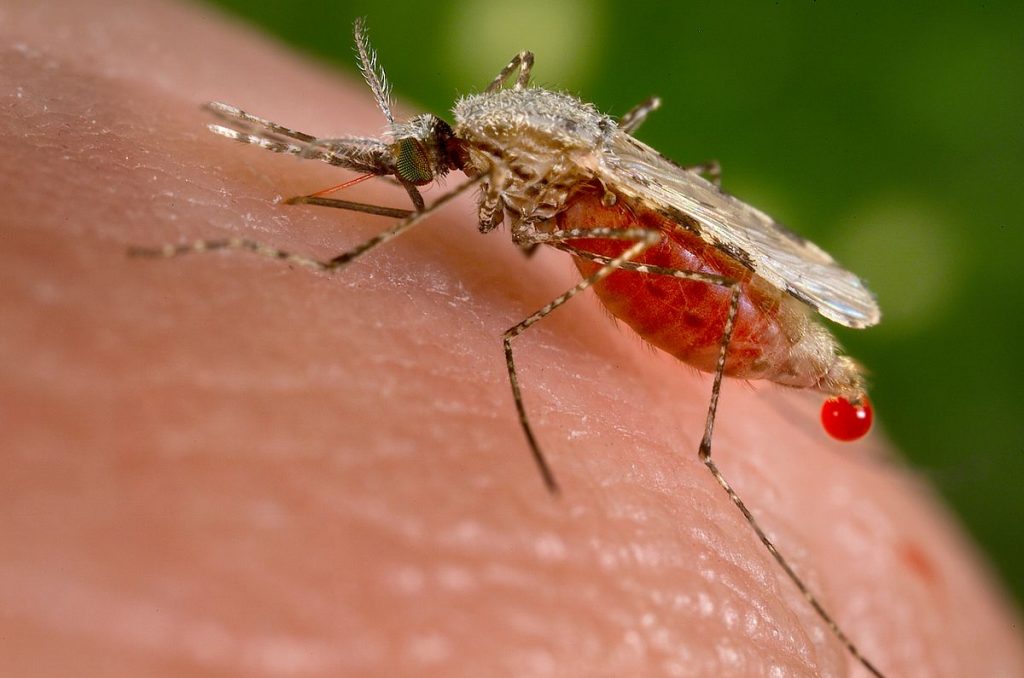
Malaria currently kills about 660,000 people every year, and infects 200 million people annually. The disease is spread by mosquitoes who suck the blood of humans, infecting them in the process. It causes fevers, vomiting, exhaustion, yellow skin, seizures, comas, headaches, and, if left untreated, death. Bill Gates has pledged to end Malaria before he dies, and considering he has tens of billions of dollars, it’s possible he will. The disease is virtually non-existent in the western world, and is mainly endemic in countries that are poor, and can’t afford anti-malaria drugs. Sometimes travellers will catch the infection and die in some unfortunate circumstances. Even out of the worst epidemics in history not many can compare to malaria.
Smallpox
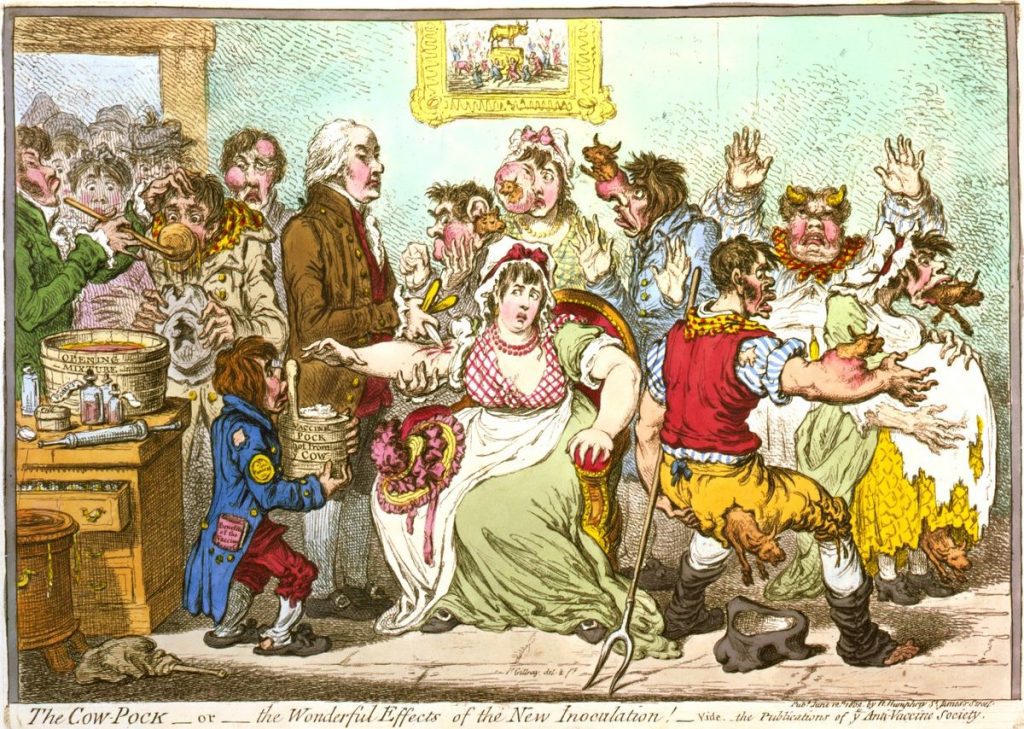
Smallpox is one of the most visibly disturbing epidemics in history. It causes horrible scarring on the majority of the people who have it, which leaves them looking as if they aren’t even human. The disease has been terrorising us since 68,000 years ago, when we caught it from an African rodent. The disease killed around 400,000 people every year in Europe during the 1700’s. 33% of all cases of blindness were caused by smallpox during that century. It’s also been used as a biological weapon to deadly effect. For example, it was used by the Americans to force the Natives into submission. During the 20th century alone, up to 500 million people died.
The Black Death

The worst plague in history, it devastated Europe in the 13th and 14th centuries, killing up to 200 million people. This came as a result of increased trade due to globalisation. Flies from china infected rats, rats sneaked aboard ships and spread the disease to humans. The disease spread across Europe, Asia, and Africa and ravaged them more brutally than they had ever been ravaged before. 50% of the world died out due to this plague. It wrecked the global economy leaving many people living in poverty. The plague took hundreds of years to die, randomly combing back on a smaller scale and then disappearing for good. The plague caused different reactions in many people, some sought to live simply, deeply religious lives, some became criminals and engaged in whatever immoral acts they felt like.

